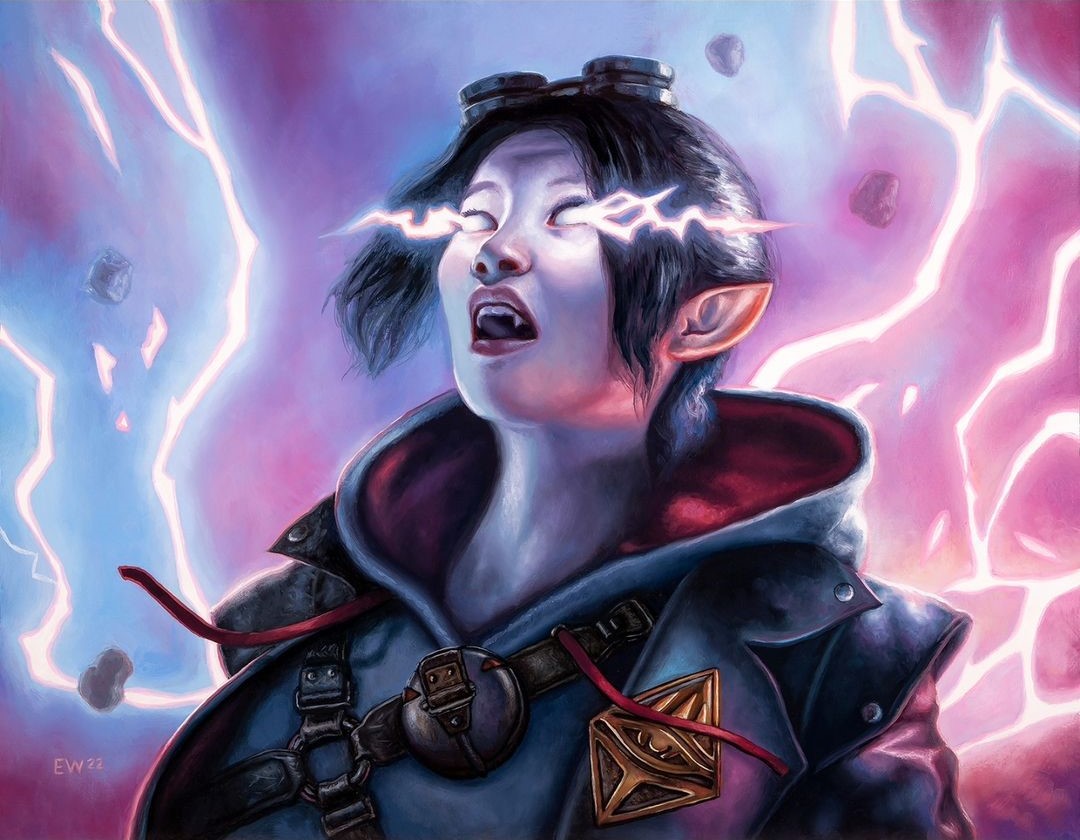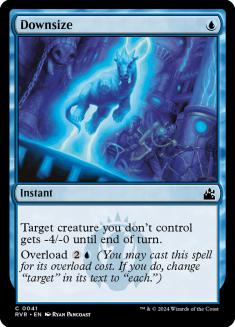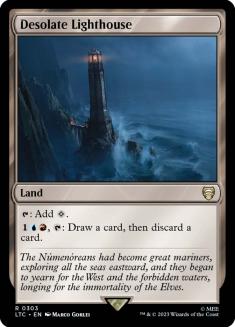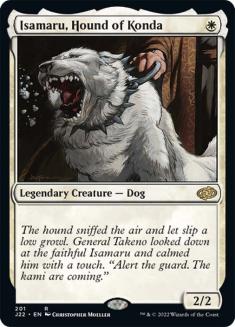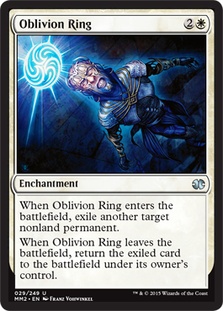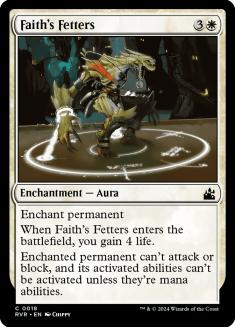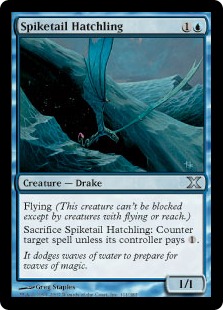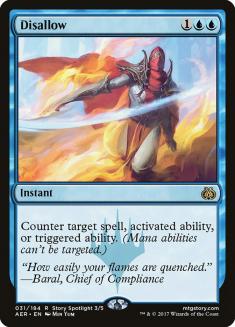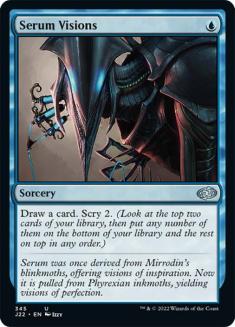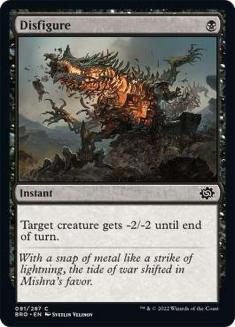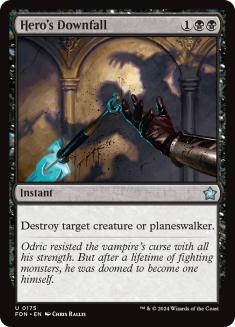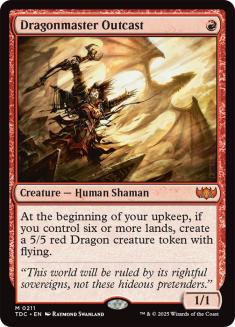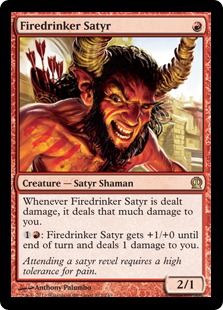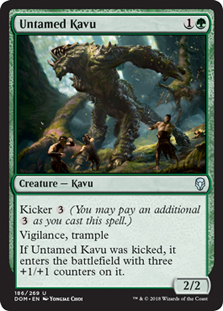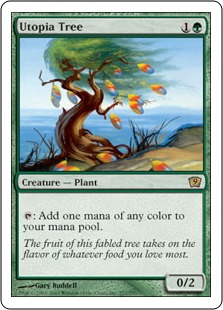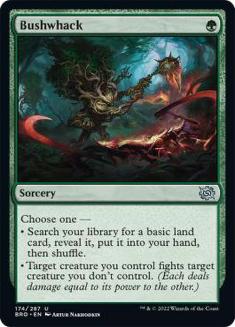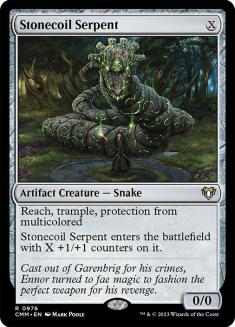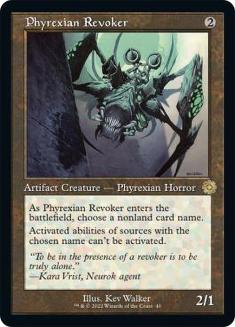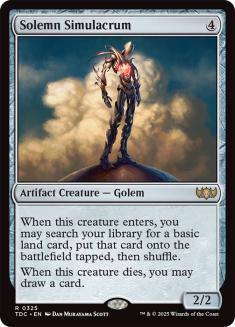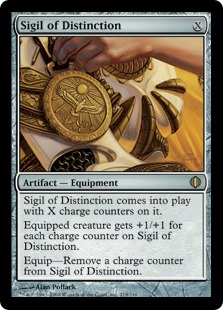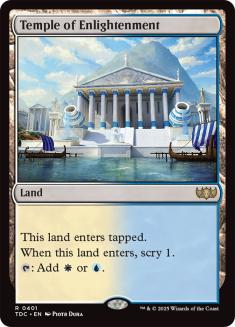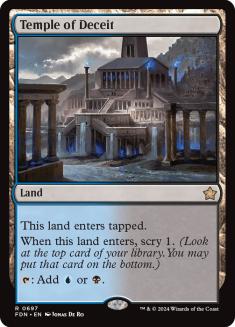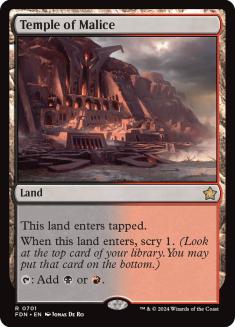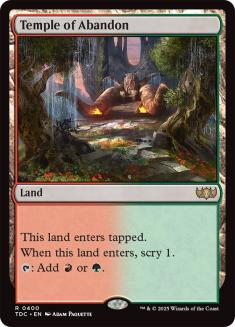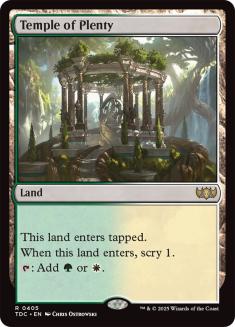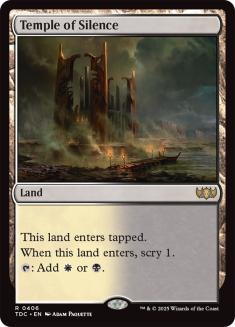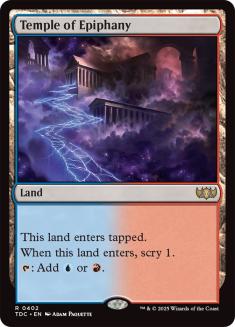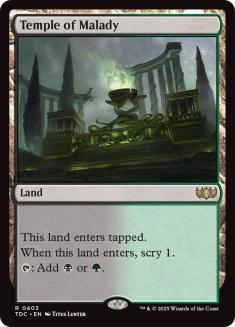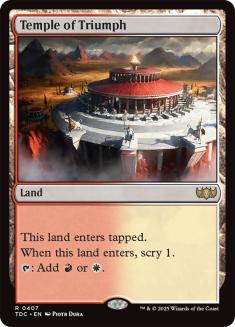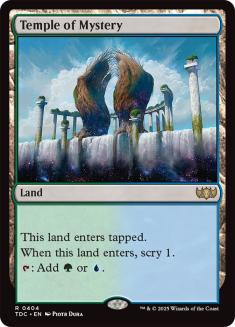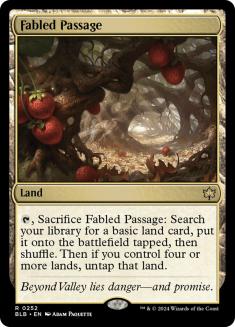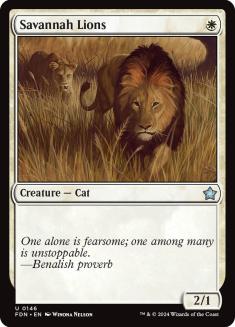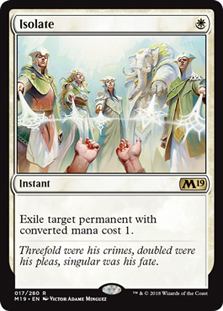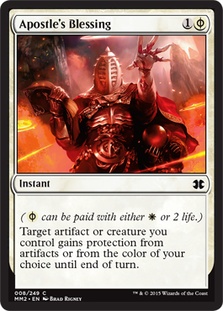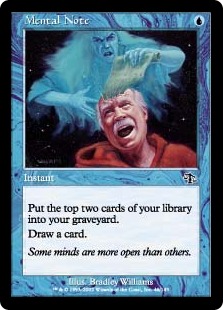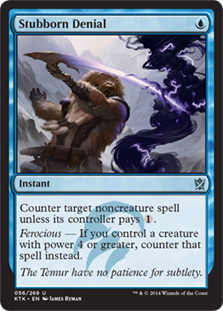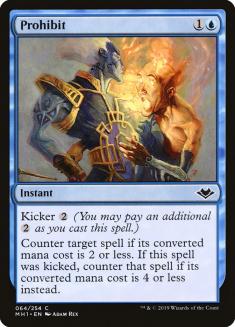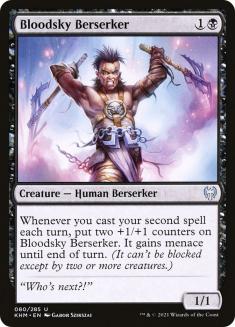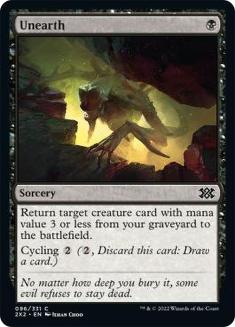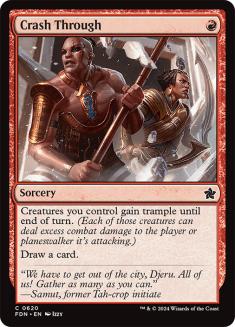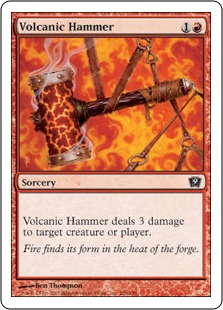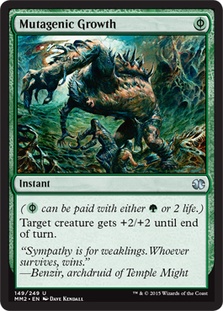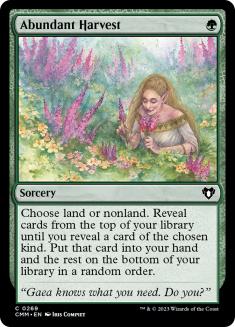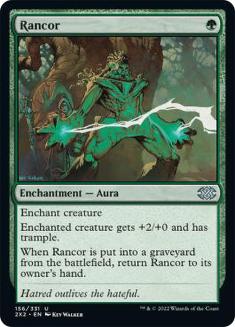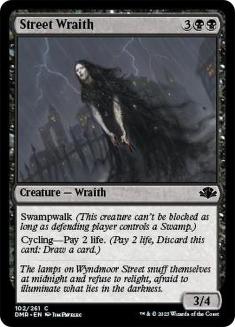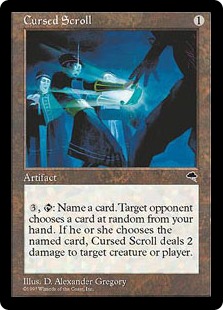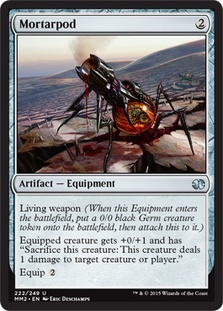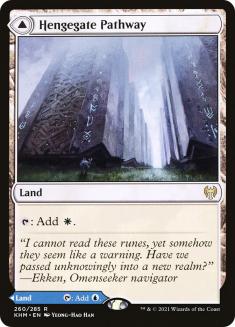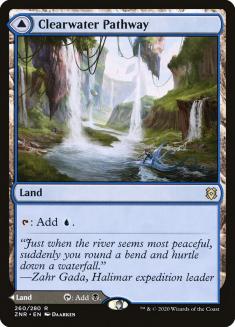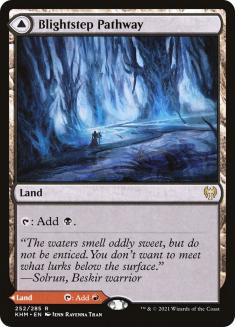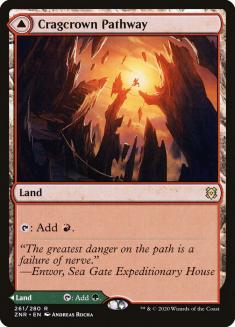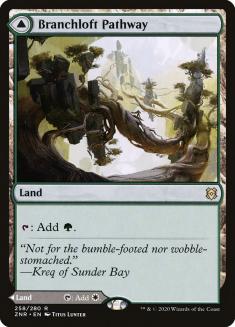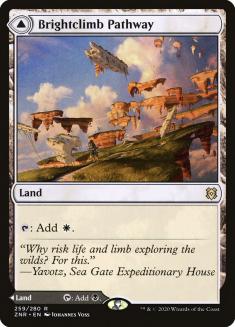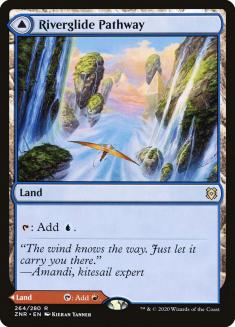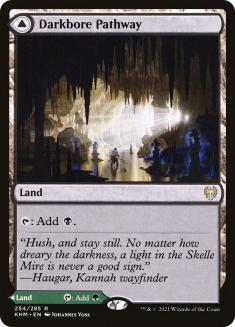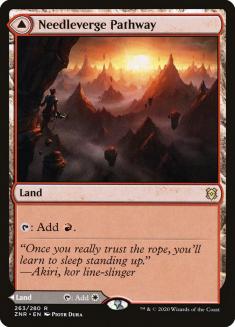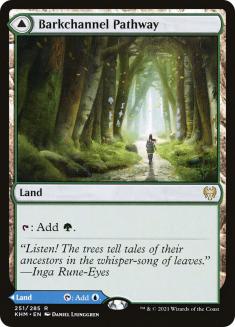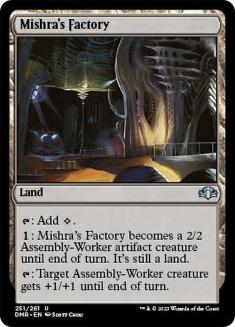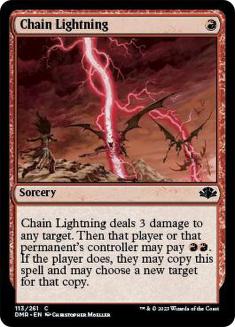Howdy, gamers! The Magic release schedule is quite busy this time of year, but this week, there’s a little time for me to report on some personal projects I’ve been working on. Today I’ll be continuing my exploration of the concept of bonus sheets in Cube, sharing my findings on bonus sheets for the original and Tempo Twoberts.
A bonus sheet is a small selection of cards to be drafted after the regular draft. For more on the concept, check out my article on the bonus sheet I use for my Vintage Cube:
Bonus Sheets for Lower Power Levels and Smaller Cubes
For a 360-card Vintage Cube, it made a lot of sense to stick to lands on the bonus sheet. All of the spells that I want are already in the Cube, and the very high power level is pretty hostile to a lot of spells, but lands can smooth over the experience. Lower-powered Cubes and small environments like Twoberts leave a lot more room for fringe spells to make an impact.
I generally like the idea of having one cycle of lands on a bonus sheet, as my philosophy for a bonus sheet is not to superpower the draft, but rather to make the average deck a little more consistent. As such, I’ve liked using a cycle of lands that is clearly weaker than the lands featured in the main Cube, while still being playable.
My philosophy for spells on the bonus sheet is pretty similar. I don’t want to give you anything that is abstractly more powerful than anything in the main Cube. Rather, I want to give you some types of cards that you would generally play as a “23rd” card: stuff that’s either a little generic or a little specific, and maybe a little inefficient. I have it in my mind that I want to avoid games feeling like they are defined by bonus sheet cards, and this approach has led to the bonus sheet being something that my group has felt good about drafting.
I didn’t pay too much mind to size while curating the bonus sheet for my Vintage Cube, but with Twoberts being sort of a “micro” Cube experience, I wanted to come up with a clean number of cards to use, and 30 just makes sense to me. That leaves twenty cards to do whatever you want with after one cycle of lands.
To this point, I have avoided using any gold cards on my bonus sheets, as they are a bit more restrictive and the entire idea is to give you some replacement-level cards that the average deck might benefit from. Three cards for every color has been the basic model I’ve been using, which leaves five more slots for some number of one-off lands and colorless cards.
There are a handful of cards and types of cards that I’m interested in trying out on a bonus sheet, with Desolate Lighthouse being an example that comes to mind as a perfect bonus sheet card. Your mana already has to be good to really use it, it once saw widespread play, and it’s nowhere near good enough to make the main Cube in most environments. Just some food for thought before we get to the particulars of the lists I’ve been using!
Drafting the Bonus Sheet with a Twobert
Each player drafting three cards off the bonus sheet has just always felt right, and I carried that number forward from my Vintage Cube to Twoberts. With 30 cards on the sheet, this means that you’re drafting under half of the sheet in four-player drafts, which helps to keep things from getting stale. Three also conveniently lines up with the number of cards of any given color on the sheet, which gives players a good amount of agency in determining how many colors they want to play. Adding mana-fixing lands to the environment without pushing players to just draft soupy three-plus-color decks every time has been a big focus of mine in refining bonus sheets.
As far as drafting procedure, we do a face-up snake draft. This consists of randomly determining a player to draft first, each player taking one card drafting clockwise, with the final player taking two cards and snaking back in the other direction, until each player has drafted three cards.
I’ve been testing bonus sheets for the original Twobert as well as the Tempo Twobert for a little while now with some friends I’ve started a weekly Cube stream with. Catch us at twitch.tv/wewillbecubing at 6:30 PM Central time every Thursday night!
Let’s take a look at the bonus sheets we’ve been using and what makes them tick.
The Bonus Sheet for the Original Twobert
It’s hard to believe that it’s been nearly four years since I first published the original Twobert on this very website. The environment plays very A-B-C Magic and is generally a midrange slugfest, and as such, the bonus sheet subsidizes this style of gameplay while also giving players some options to lower or raise their curve as desired.
My lands of choice on the bonus sheet for this environment are Temples. Weaker than all three land cycles in the main Cube and surveil lands, they demonstrate my philosophy for the bonus sheet being that “You’ve gotta want it.” These lands allow you to bolster a manabase that maybe missed one or two of its desired on-color lands, without easily allowing players to spread into four or five colors.
Having a couple of cheap creatures on the bonus sheet also helps to keep players from just playing all of the biggest spells. Isamaru, Hound of Konda ain’t what it used to be, and Firedrinker Satyr maybe even looks funny next to Isamaru, but again, these are one-drops that you’re allowed to play if you really mean it.
These cards can’t quite hang in the main Cube, yet they help any drafter who is trying to go under the opponent but maybe came up a little short in the draft. It’s not uncommon for aggressive decks in this Cube to come together slightly awkwardly, given the Cube’s general midrange nature, so these cheap threats have significantly helped to increase the diversity in decks drafted in my experience.
On the other side of things, you have cards like Solemn Simulacrum and Serum Visions to set up players looking to go long, not to mention cards like Disfigure being present so that I’m not just adding one-mana creatures to the field without efficient answers for them! Then there are cards like Oblivion Ring that both the small and the big decks might want, but that nobody really needs.
One last thing that I want to highlight with this list is that simplicity is very important for me when curating bonus sheets. Hero’s Downfall is just worse than Breathe Your Last, and that’s by design. I don’t expect anyone to need to pick up and read Hero’s Downfall, and there’s not much to think about even if you do. The cards in the spread are not uniformly simple, but I mostly avoided complexity anywhere I could.
The Bonus Sheet for the Tempo Twobert
The Tempo Twobert is a much lower-to-the-ground environment that also has a more specific aesthetic. The low mana curve of the Cube meant that I needed to find some cheap stuff that could hang, without offering anything that was abstractly more appealing than all of the cheap stuff already in the Cube! This involved a little more work, with cards like Mental Note, Crash Through, and Street Wraith being demoted from the main Cube to the bonus sheet as I chewed on exactly how to configure things.
I don’t love Pathways generally, but they have far surpassed my expectations for them for the purpose of a bonus sheet for this environment. It’s already fairly common for one player to dip into four or even five colors using the fetchland plus shockland manabase in the main Cube, and Pathways are pretty limiting in how far they can further push a manabase.
Cragcrown Pathway is fine in a Gruul deck, but even three-color decks start to really stress about which side to play a Pathway on. The Fabled Passage is also a cheeky nod to this, with having untapped lands on the early turns being really important and the three-plus-color decks not having much room for basics either!
This list also shows off some cool cards that don’t have much of a home these days. Unearth seems near-universally beloved but also pretty weak in practice. I wouldn’t cut any card in the main Cube for Unearth, but if you want to add one to your deck, knock yourself out! Abundant Harvest similarly seems like it should be good but almost never amounts to much. I was a little hesitant to add Cursed Scroll, given that the card clearly aspires to take over the game with a repetitive play pattern, but it has proven to be inefficient enough in practice to mostly just be a cool game piece to show off.
The most interesting point of discussion on this bonus sheet is Shock. That may be surprising if you’ve never drafted this Cube, but Shock kills the overwhelming majority of creatures, and it always gets drafted early off the bonus sheet and makes a deck. That then begs the question, “Is Shock too powerful for this purpose?”
I love that question, because the absurdity of the situation is revealed in asking it. Shock is clearly worse than the cards in the main Cube, so it doesn’t really fit there. And if you want to find a weaker card for the bonus sheet… do they make weaker Shocks? Cutting Shock would be a great opportunity to over-engineer the bonus sheet and make the experience worse. Yes, Shock is contextually strong here, but no, it does not make sense to try to make it weaker. Rather, it’s really fun to showcase a situation where Shock is very appealing, especially considering that Lightning Bolt and Chain Lightning are features of the main Cube.
These are the bonus sheets I have assembled that I am happy to ship as is, and I’ve been extremely happy with this modification to Cube Draft. I have a few more bonus sheets for other Twoberts cooked up, and I’m excited to start testing them on the We Will Be Cubing stream! As I mentioned in my previous article on bonus sheets, there are all kinds of directions to take this concept, and it’s definitely important to cater a bonus sheet to an individual Cube’s needs. I have plenty of ideas of how to implement different sheets for different Cubes, and I would love to see what other Cube designers have cooking in this space!
***
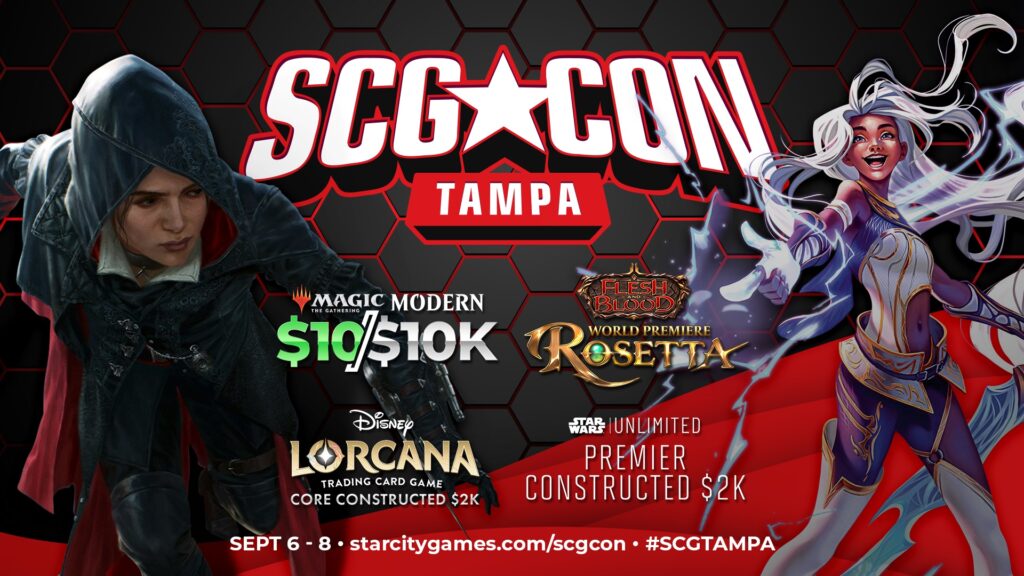
SCG CON is coming to Tampa, FL on September 6-8! The world’s premier trading card game convention features three full days of Magic: The Gathering, Flesh and Blood, Disney Lorcana, and Star Wars Unlimited action:
- Magic: The Gathering Modern $10Ks on Friday and Saturday; cEDH $5K; Super Sunday Regional Championship Qualifiers in Standard, Pioneer, and Modern; and Commander Celebration
- Flesh and Blood Rosetta World Premiere, Calling, and Battle Hardened events
- Disney Lorcana Core Constructed $2K and $1K events
- Star Wars Unlimited Premier Constructed $2K and $1K events
- Side events all weekend long
And so much more!
Plus, meet fan-favorite special guests and artists!
Best of all, SCG CON is free to attend!
Make your plans for SCG CON Tampa!

